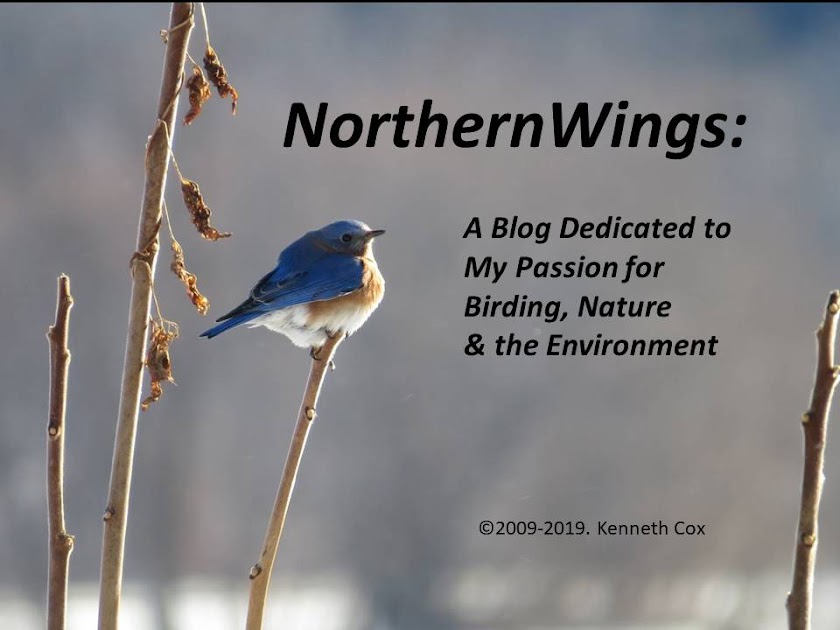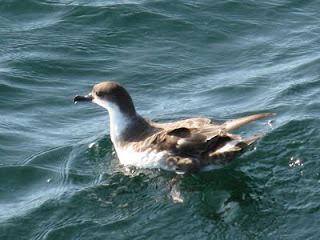 My last three posts have dwelled on recent outings along and off the New Hampshire coast taking in migrant shorebird and pelagic seabird activity. Indeed it is the time of year when birds are on the move and this is only the beginning of more to come over the next month or so. This past weekend reminded me, however, that fall migrations are not limited to birds but also include some insects. Of course there is the well-followed mass exodus of Monarch butterflies, but last Saturday while visiting with friends in Maine, I was reminded of dragonfly migrations that more or less coincide with the southbound passage of raptors later in September. While perhaps less known and understood than that undertaken by Monarchs, dragonfly migrations are no less amazing natural phenomena.
My last three posts have dwelled on recent outings along and off the New Hampshire coast taking in migrant shorebird and pelagic seabird activity. Indeed it is the time of year when birds are on the move and this is only the beginning of more to come over the next month or so. This past weekend reminded me, however, that fall migrations are not limited to birds but also include some insects. Of course there is the well-followed mass exodus of Monarch butterflies, but last Saturday while visiting with friends in Maine, I was reminded of dragonfly migrations that more or less coincide with the southbound passage of raptors later in September. While perhaps less known and understood than that undertaken by Monarchs, dragonfly migrations are no less amazing natural phenomena.During the early evening of our visit we observed a horde of dragonflies hawking over our hosts' lawn presumedly preying on mosquitoes that otherwise would have turned the table by dining on us. The numbers of dragonflies darting here and there within 5 to 6 feet of the ground defied an accurate estimate. Most conservatively there were no fewer than 50 and perhaps may have approached or even exceeded 100. When twittering Chimney Swifts diverted my attention skyward, another layer of dragonflies at a higher elevation was revealed. I believe it was too early in the season to be witnessing dragonfly migration but rather it may have been the prelude to the upcoming flight: fattening up for the long journey on an abundance of insects namely mosquitoes given the wetter than usual summer. If this was the case then the darners were effectively reducing mosquito numbers as well as the itchy welts we otherwise might have received. Like birds preparing to migrate, dragonflies have a need to build up energy reserves to fuel their autumn southbound migration.
Unfortunately my dragonfly species identification skills are not particularly good even with one in hand not to speak of those zipping about erratically in flight. That said, I'll speculate they may have been Anax junius, the Common Green Darner, a common species in the Northeast, one of about nine or so North American species reported to be migratory, and typically one of the most abundant species observed indulging in such flights.
Studies done in recent years reveal some similarities between dragonfly and bird migrations (Russell et al. 1998; Wikelski et al. 2006), i.e. (1) both undertake spring and fall migrations; (2) the bulk of migrants tend to follow topographic features, such as lake shores, ocean coasts, and ridgelines; (3) spring northward flights are assisted by southerly warm fronts, and autumn flights generally occur after the passage of a cold front out of the north; and (4) a flight day during the fall migration season occurs the day following an evening that was colder than the preceding one. Wikelski et al. (2006) projected that Green Darners monitored for their study may be capable of migrating over 400 miles during their two month migration period. However, the possible record distance traveled by dragonflies may be undertaken by those originating in India migrating across the Indian Ocean to Africa and back, a distance estimated to be between 8,680 to 11,160 miles, more than doubling the roundtrip migration of Monarchs (BBC Earth News, 14 July 2009). If such intercontinental dragonfly migrations are more substantiated this would truly rival those undertaken by birds and no less by an insect weighing not much more than a gram.
Citations:
Russell, R. W., M. L. May, K. L. Soltesz, and J. W. Fitzpatrick. 1998. Massive swarm migrations of dragonflies (Odonata) in eastern North America. The American Midland Naturalist 140(2):325-342.
Wikelski, M., D. Moskowitz, J. S. Adelman, J. Cochran, D. S. Wilcove, and M. L. May. 2006. Simple rules guide dragonfly migration. Biology Letters 2:325-329.

 Later in the day Steve, Jane, Len, Lance and I took in the whale watch trip hoping for some good pelagic bird activity and for me getting first-time views of Red-necked Phalarope and Manx Shearwater, both reported seen offshore by others earlier this week. The leg between Rye Harbor and the Isles of Shoals was fairly void of pelagics, but once past the Isles actitivy steadily increased. Winds were from the SSE, skies clear and sunny. The following more notable counts of our observations were tallied by Steve: Cory's Shearwater, 9; Greater Shearwater, 628; Sooty Shearwater, 309; Manx Shearwater, 4; Wilson's Storm-Petrel, 330; Northern Gannet, 6; Red-necked Phalarope, 7; phalarope sp., 12; Common Tern, 45; and jaeger sp., 1. For most of the passengers, anticipation was focused on whales, and they (as we) were not disappointed. A total of 8 Humpback Whales were seen at close range bubble feeding and tail breaching. Surface feeding behavior was a cue to shearwaters in the area that leftover food was present. This was a great asset to me in identifying my first Manx Shearwater after missing the three previous birds sighted that afternoon. The fourth Manx of the day passed just ahead of the boat bow gliding to the shearwater feeding frenzy. Photos below: Top - Greater Shearwater; Bottom - Greater and Sooty Shearwaters cleaning up the spoils following a Humpback Whale feed.
Later in the day Steve, Jane, Len, Lance and I took in the whale watch trip hoping for some good pelagic bird activity and for me getting first-time views of Red-necked Phalarope and Manx Shearwater, both reported seen offshore by others earlier this week. The leg between Rye Harbor and the Isles of Shoals was fairly void of pelagics, but once past the Isles actitivy steadily increased. Winds were from the SSE, skies clear and sunny. The following more notable counts of our observations were tallied by Steve: Cory's Shearwater, 9; Greater Shearwater, 628; Sooty Shearwater, 309; Manx Shearwater, 4; Wilson's Storm-Petrel, 330; Northern Gannet, 6; Red-necked Phalarope, 7; phalarope sp., 12; Common Tern, 45; and jaeger sp., 1. For most of the passengers, anticipation was focused on whales, and they (as we) were not disappointed. A total of 8 Humpback Whales were seen at close range bubble feeding and tail breaching. Surface feeding behavior was a cue to shearwaters in the area that leftover food was present. This was a great asset to me in identifying my first Manx Shearwater after missing the three previous birds sighted that afternoon. The fourth Manx of the day passed just ahead of the boat bow gliding to the shearwater feeding frenzy. Photos below: Top - Greater Shearwater; Bottom - Greater and Sooty Shearwaters cleaning up the spoils following a Humpback Whale feed. 
